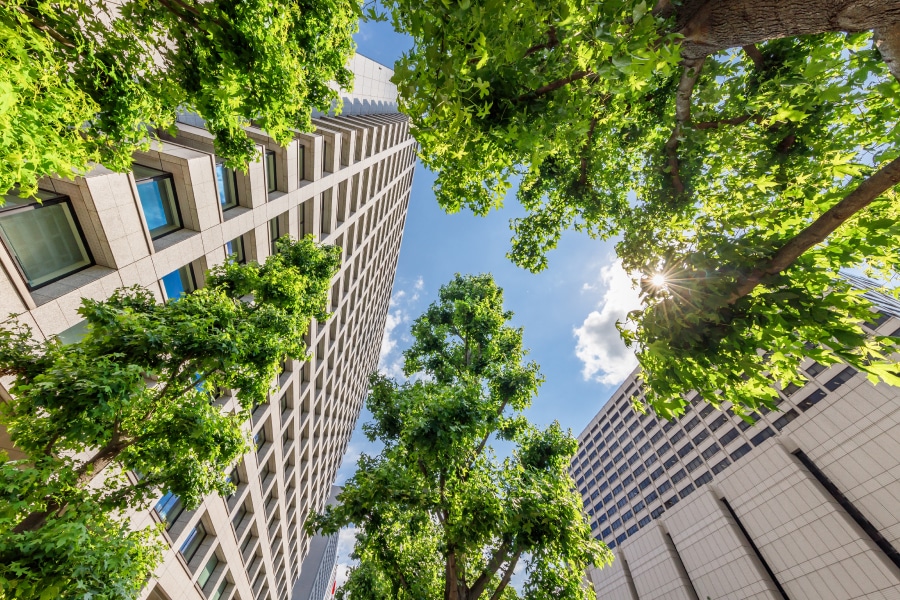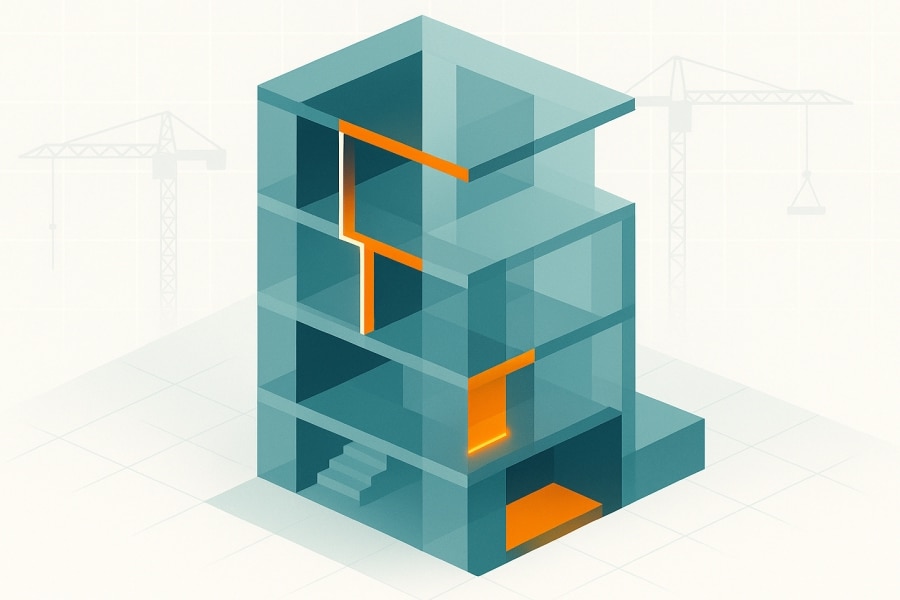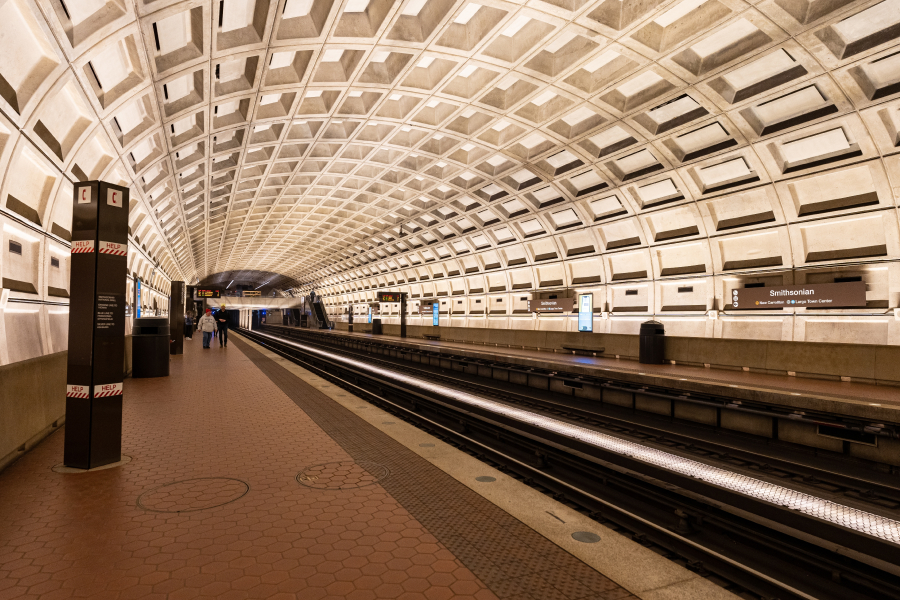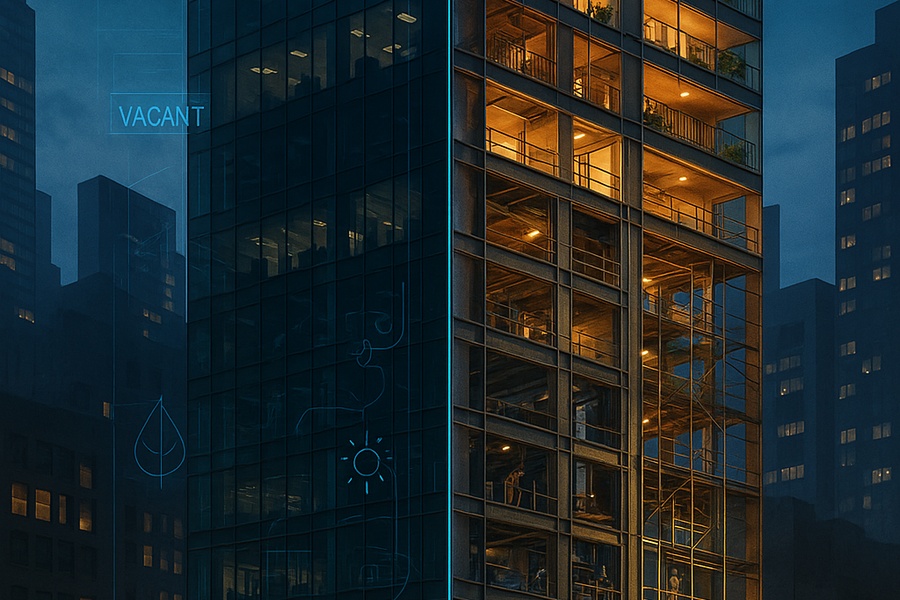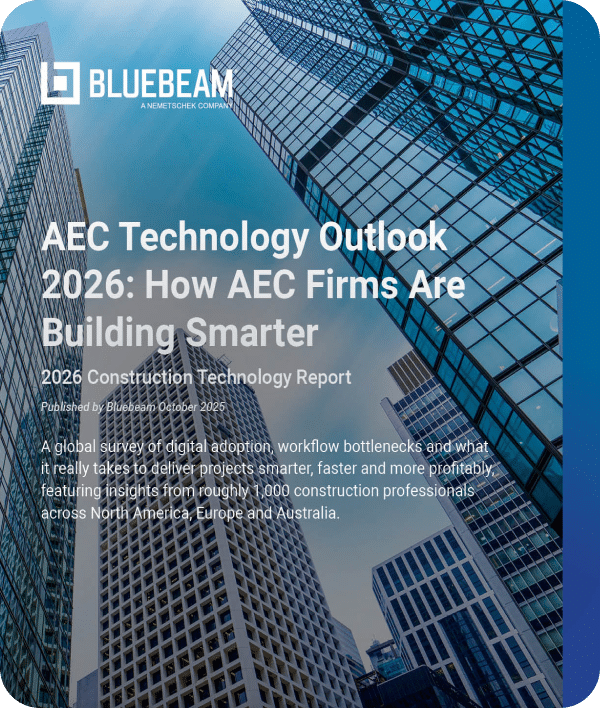Our world isn’t static, and our buildings can’t be either. Aging commercial and residential buildings waste energy, and new regulations increasingly mandate sustainability. Office buildings and malls sit vacant as more people work and shop from home, leaving these outdated assets poised for redevelopment. Moreover, devastating climate change-triggered natural disasters are becoming more frequent, and older buildings can’t withstand them.
These emerging and shifting needs and regulations are forcing property owners to take another look at their portfolios. That’s triggering a boom in projects that involve updating, retrofitting and adapting existing buildings. The architecture, engineering and construction (AEC) industry must be ready.
As anybody in the AEC industry knows, working with existing buildings presents plenty of obstacles. Unknown and underlying conditions can easily make an already complicated project even more challenging. But the move toward retrofitting and renovating presents plenty of opportunities for the industry, too. Consider this: About 80% of the world’s existing buildings will still stand in 2050, according to the World Economic Forum, and most will need some form of updating.
And now there is a helping hand. Just as the market for retrofits and adaptive reuse projects grows, so does the number of new technologies, including artificial intelligence (AI) and smart building software, which can streamline the work.
Not just a renovation
There’s nothing new about renovating and updating existing structures. Yet for generations, that work had mostly focused on structural or cosmetic enhancements—repairing a foundation, updating a floor plan or adding new coats of paint.
Today, amid changing climate, lifestyles and needs, this work is taking on a new urgency. The focus on refreshing and modernizing buildings encompasses a range of improvements.
Retrofit: Upgrading or modifying buildings, infrastructure and systems to meet current standards, address safety concerns and adapt to new advancements, including smart building technology.
Adaptive Reuse: Updating an existing building for a new use, often making major changes to the interior design and floor plan and allowing for the preservation of historic buildings and facades. Supports the reuse of materials and other green building approaches.
Resilient Design: Improving existing buildings to withstand the impacts of climate change, including increasingly extreme weather and more serious natural disasters. Ensures durable designs so buildings can continue to operate regardless of disruptions.
Needed change
The construction industry is at a pivotal point where the convergence of sustainability, technology and necessity demands a rethinking of traditional approaches. The push for adaptive reuse and retrofitting is not just about keeping pace with regulations but also about innovating for a better, more resilient future. This requires a multifaceted approach, integrating cutting-edge technologies like AI to predict and manage building performance and employing smart materials that enhance energy efficiency and durability.
Adaptive reuse projects are particularly exciting because they breathe new life into buildings that might otherwise be demolished. This not only preserves cultural heritage and architectural history but also significantly reduces the environmental impact associated with new construction. By repurposing materials and minimizing waste, adaptive reuse is a key strategy in the sustainable development playbook.
Additionally, resilient design is becoming indispensable in the face of climate change. By incorporating features that enhance a building’s ability to withstand natural disasters, we protect both the structure and its occupants. This can include everything from flood-resistant landscaping and reinforced structures to advanced HVAC systems that maintain air quality and temperature during extreme weather events.
The future of reuse
The shift toward retrofitting and adaptive reuse in the construction industry is more than a trend. It’s a necessary evolution driven by environmental, economic and social imperatives. The AEC industry must embrace these changes, leveraging new technologies and methodologies to create buildings that are not only functional and aesthetically pleasing but also sustainable and resilient.

